Haworthias are easy to grow and hard to kill. Despite taking good care of Haworthias, it is frustrating to see them not growing. There can be many reasons behind Haworthia not growing. So today, we are going to discuss them.
Haworthia can go dormant during the summer season, so expect little to no growth during that phase. Apart from that, poor lighting, extreme temperatures, nutrient deficiencies, pests, and diseases can also lead to stunted growth in haworthia. Fix these problems to encourage new growth.
If you face the same problem in your Haworthias, read this article, compare the reasons, find the right cause and treat it as required. We will also share some care tips to prevent the problem from further re-occurrence.
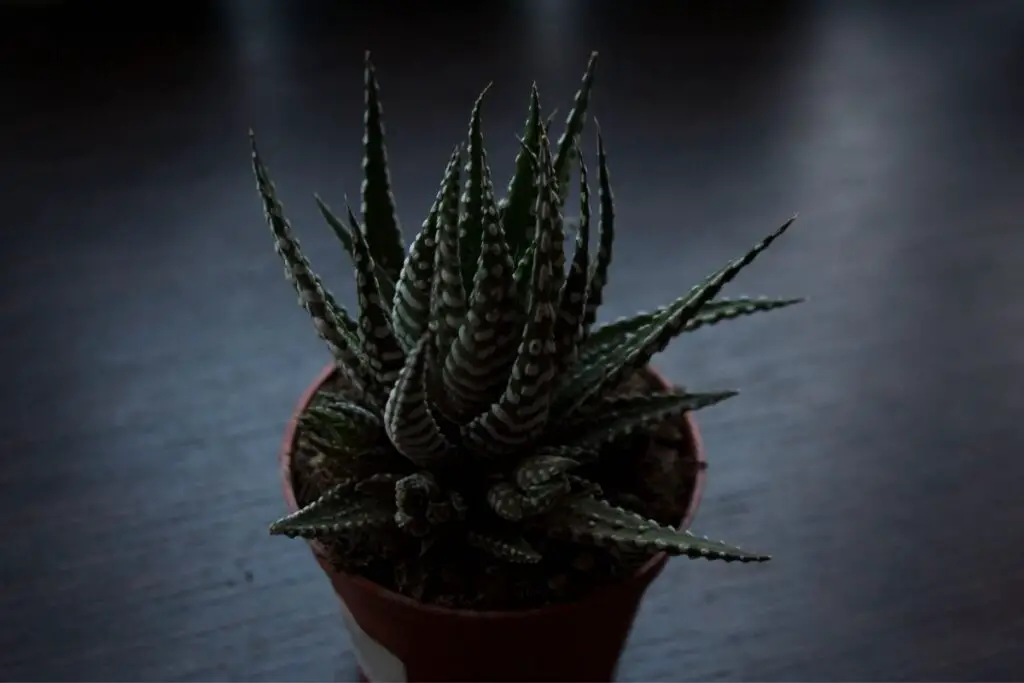
Insufficient sunlight
Haworthias require bright indirect sunlight.
Along with that, direct sunlight for 3-4 hours in the morning is good for their health.
It benefits them more during the growing seasons when they come out of their dormancy.
Without proper sunlight, the plant will not function properly because lack of light can create problems in photosynthesis.
Without proper functioning of photosynthesis, Haworthias will have stunted growth.
How to fix the light issues?
You must let Haworthias have adequate light, especially when coming out of their dormancy period.
A good amount of light helps them grow well and prevents overwatering, another cause behind stunted growth.
When Haworthias come out of their resting period, give them more light to let them come out faster.
But avoid exposing them to the direct sun suddenly.
Increase their lighting gradually.
Let them have the morning sun for 3-4 hours and filtered sunlight for the rest of the days.
Also read: How Much Light Does Haworthia Need? (Haworthia Light Requirements)
Too high or too low temperatures

Haworthias go dormant when the temperature rises above 90°F during the night in your area.
Along with that, they also get the heat, due to which the temperature increases more.
When the surrounding temperature is too high for Haworthias, they go into a dormant phase and stop their growth.
When the temperature gets too cold, then also Haworthias may enter into a semi-dormant stage and stop growing.
It happens indoors too, when you suddenly change their position to a very hot or cold room, especially a room with air conditioners, radiators, heater or fireplaces.
How to solve the problem?
In conditions like high temperature and direct sun, the plant will also get overheated and burn if they stand under the sun.
You need to ensure they don’t get exposed to the direct sun, especially in the summers.
Put on shading nets and water sparingly when the soil gets dry to cool down the roots.
If your region gets temperature below 30°F, you must grow Haworthias in containers to take them indoors.
It won’t necessarily stop the plant from stunted growth, but it can save them from frostbite.
There is nothing much to do with an outside temperature.
Stunted growth in such conditions is the plant’s natural way of responding to it.
For indoor plants, I would suggest not to keep them close to air conditioners, heaters, radiators, kitchen, bathroom, and fireplaces.
These are some of the coldest, heated, and humid areas.
Also read: Haworthia Temperature Tolerance: High And Low Temperature Guide
Looking for gardening supplies? We have tested 100's of products before recommending them to you guys. Check out our best pick below:
| Image | Gardening Supplies | Best Price? |
|---|---|---|
 Top
Top Top
Top | Raised Garden Bed Kit | Check On Amazon |
 | XLUX Soil Moisture Meter, Plant Water Monitor, Soil Hygrometer Sensor for Gardening, Farming, Indoor and Outdoor Plants, No Batteries Required | No Results |
 Top
Top Top
Top | 82 Pcs Garden Tools Set and Extra Succulent Tools Set | Check On Amazon |
 | Joeys Garden Expandable Garden Hose with 8 Function Hose Nozzle, Lightweight Anti-Kink Flexible Garden Hoses, Extra Strength Fabric with Double Latex Core, (50 FT, Black) | No Results |
 Top
Top Top
Top | Dual Chamber Compost Tumbler | Check On Amazon |
 Top
Top Top
Top | Sunnyglade Plant Stakes | Check On Amazon |
 Top
Top Top
Top | Organic Cold Pressed Neem Seed Oil | Check On Amazon |
 Top
Top Top
Top | Mighty Mint Gallon :-Insect and Pest Control Peppermint Oil | Check On Amazon |
 Top
Top Top
Top | Scotts DiseaseEx Lawn Fungicide | Check On Amazon |
 Top
Top Top
Top | Jacks Classic 20-20-20 All Purpose Fertilizer | Check On Amazon |
 Top
Top Top
Top | 30,000 Seeds Pollinator Attracting Wildflower Mixture | Check On Amazon |
 Top
Top Top
Top | Survival Vegetable Seeds Garden Kit-Over 16,000 Seeds | Check On Amazon |
Overwatering and underwatering
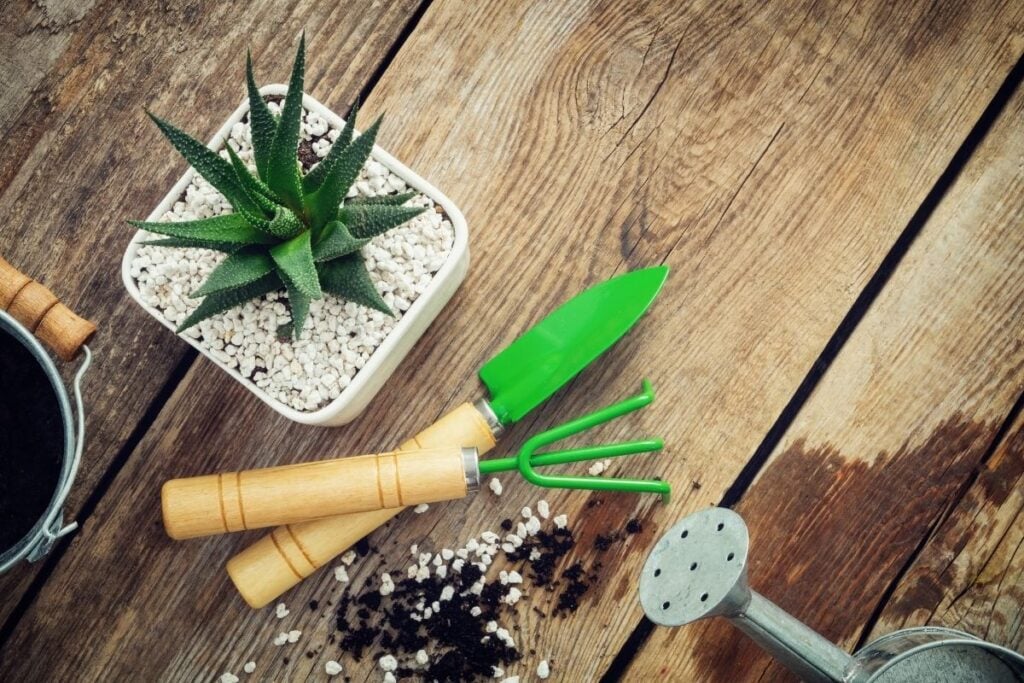
Both overwatering and underwatering can result in no growth in the plant.
Overwatering makes the leaves yellow or brown and mushy.
Underwatering makes them yellow, dry, and crisp.
At one point, both make the plant lose leaves.
This interruption in the plant’s growth and development makes the plant suffer stunted growth.
More happens in overwatering.
Due to sitting in the water for a long time, the roots become soft and mushy and start rotting.
When this happens, bringing the plant back is quite a challenging job.
Sometimes, it can even cause the death of the plant.
How to fix underwatering?
Fixing underwatering is quite easier than overwatering.
Give the soil a good soak, and you are done.
Water your Haworthias when the top 1-2 inches of the soil feels dry.
Check the soil moisture regularly.
When you check the moisture level and then water, after some days or months, you can understand the time they take to dry out and the time gap to maintain between each watering.
After that, you can excel and follow a routine.
Also read: How Often To Water Haworthia? (Haworthia Water Requirements)
How to fix overwatering?
When you finally identify the problem, stop watering and wait for some days to see the plant’s reaction to it.
Let the soil dry before watering.
Always check the moisture level.
When the top 1-2 inches of the soil feel dry, the plant is ready to absorb more water.
For root rot, take the plant out, remove the damaged roots and leaves and plant them in a new and dry location.
Within a few weeks, the plant will grow new roots.
There is no fixed schedule for watering Haworthias because it depends on soil types, seasons, container, and plant maturity.
It is better to check the moisture level before watering to understand the needs better.
If you must follow a routine, then:
Water Haworthias only every 1-2 weeks in their growing months.
- Sparingly in the dormancy period (summers) to keep the roots cool and hydrated.
- Every 2-3 weeks or once a month in the winter.
Soil and container also affect watering.
Using the right soil and container will also help to prevent overwatering and root rot.
A container with a drainage hole will let the excess water flow out.
It will also improve ventilation and let the soil dry quickly.
You can also use terracotta pots because their porosity quality can wick away moisture quickly.
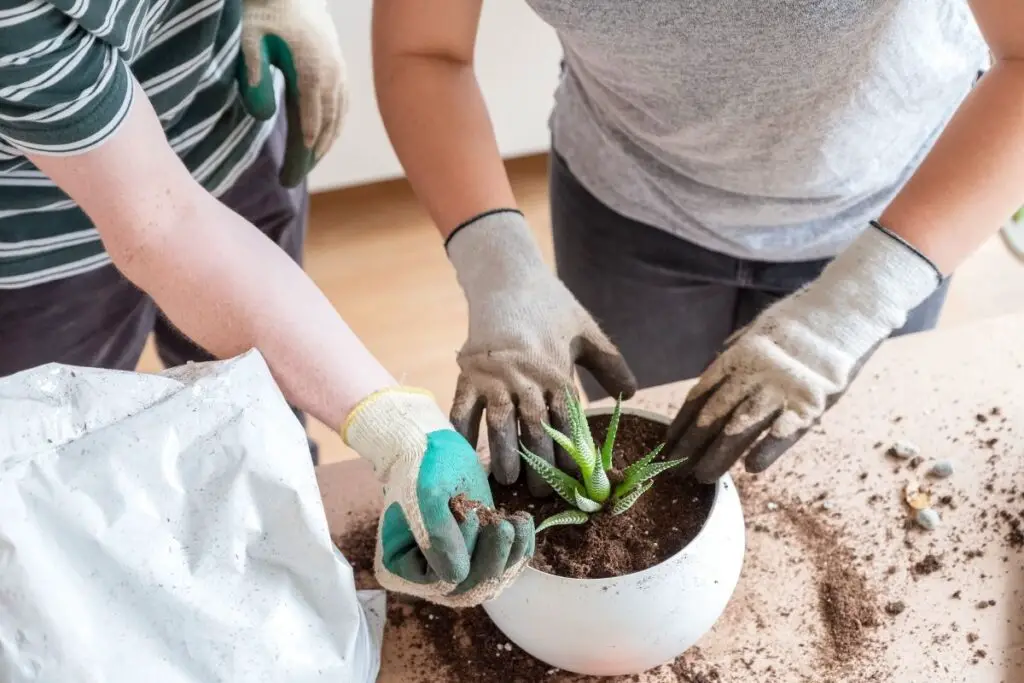
For readymade soil, use cactus potting mix.
To make a soil mix of your own, try the following:
Recipe 1
Recipe 2
- 60% Coarse sand
- 40% Potting soil.
Recipe 3
- 50% gravel of appropriate size
- 50% of soil, coarse sand, and organic fertilizer
Recipe 4
- 80% pumice
- 20% coir, 1-3 mm approx.
Recipe 5
- 40% parts potting soil
- 40% parts small gravel
- 20% part perlite or pumice
Also read: What Soil To Use For Haworthia? (+Ideal Soil Mix)
Nutrient deficiency
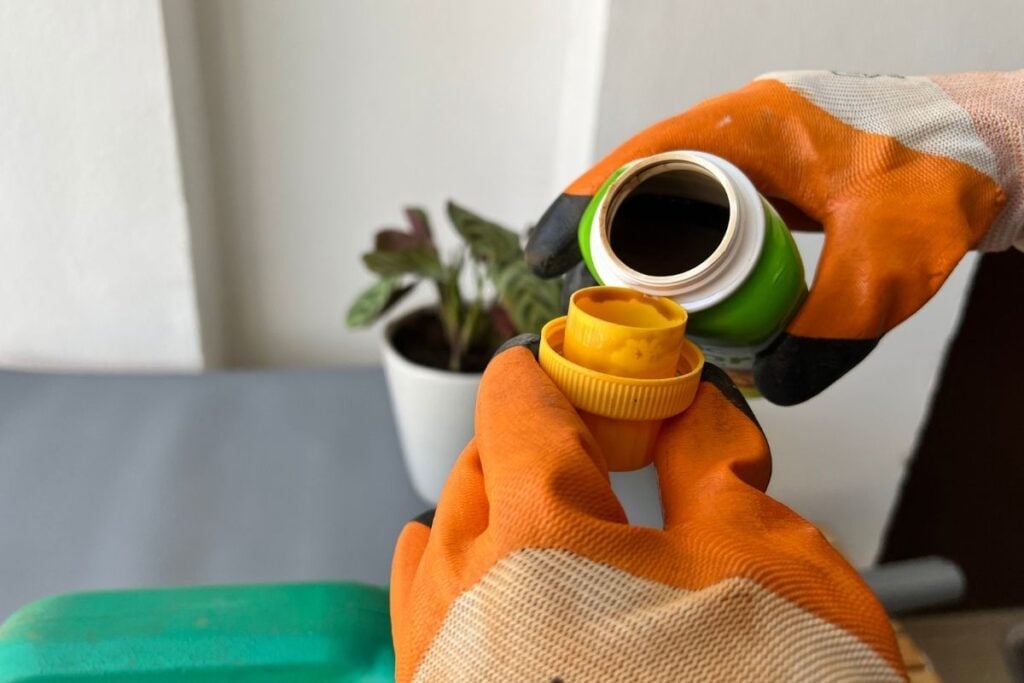
Though Haworthiass are not heavy feeders, some nutrients are necessary for their adequate growth.
The signs of lack of nutrients could be yellow or brown leaves, no growth, or no blooming.
The soil alone cannot provide all the nutrients to the plant.
Moreover, over time it gets depleted.
That is why you need to fertilize them separately to maintain their growth and health.
How does fertilization help?
You can give them an adequate amount of fertilizer in their growing months.
Use a balanced fertilizer or one with an NPK ratio of 3-1-2.
Do it once in spring and once in the fall.
Avoid in summers and winters.
Fertilizing helps boost Haworthia’s growth and encourages it to come out of its dormancy faster.
You must water the plant from time to time to help the nutrients get spread evenly.
However, you need to know the correct amount and frequency of fertilization.
Otherwise, it can result in overfertilization, salt burns, and reverse osmosis, thus causing great damage to the plant.
Also read: How To Fertilize Haworthia? (Best Fertilizer+When To Use)
Rootbound and over-crowded plants
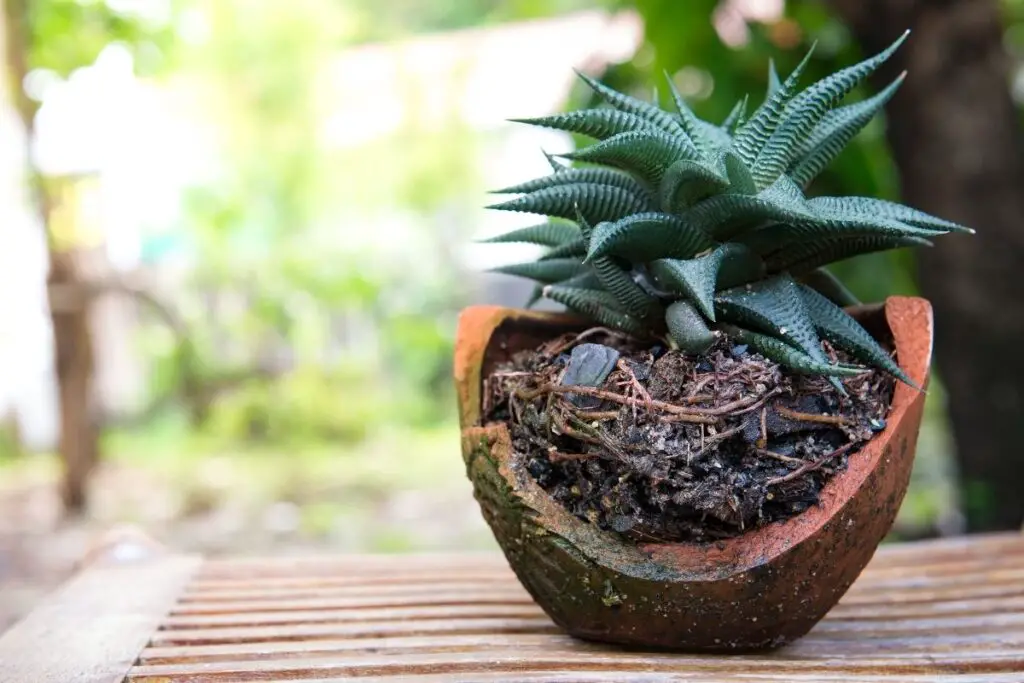
When the plant stays in a very small pot, the roots grow in circular motions.
They will also produce offsets over the years.
As a result, they stay tightened.
Due to this tight situation, the plant fights for space and nutrients.
Ultimately, it stops growing.
This happens when you don’t repot Haworthias for several years.
More problems occur here – underwatering and root rot.
When you provide water, it roams around the roots and flows immediately out of the drainage hole.
In a root-bound situation, roots are visible more than soil.
Without soil, the plant cannot absorb it, thus underwatering.
When the roots outgrow the drainage holes, they block the holes and drainage system.
As a result, the water stays in the roots, keeps them wet for long, and starts rotting, thus root rot.
How to fix the problem?
The plant will outgrow and start having offsets within 2-3 years.
After that, you must repot them and separate the offsets from time to time to let the plant breathe and receive nutrients adequately.
Repotting doesn’t need much of an effort if done correctly.
And Haworthias require re-potting after 2-3 years which is quite a good gap.
You don’t have to do it frequently.
If you do it timely, your plant will never suffer from overcrowding and root-bound.
Repotting is essential because it has many advantages, and your plant will benefit a lot from it.
But if you don’t, besides stunted growth and root bound, the plant will suffer many other issues.
Also read: Do Haworthia Like To Be Root Bound? (+When & How To Repot)
Pests and diseases
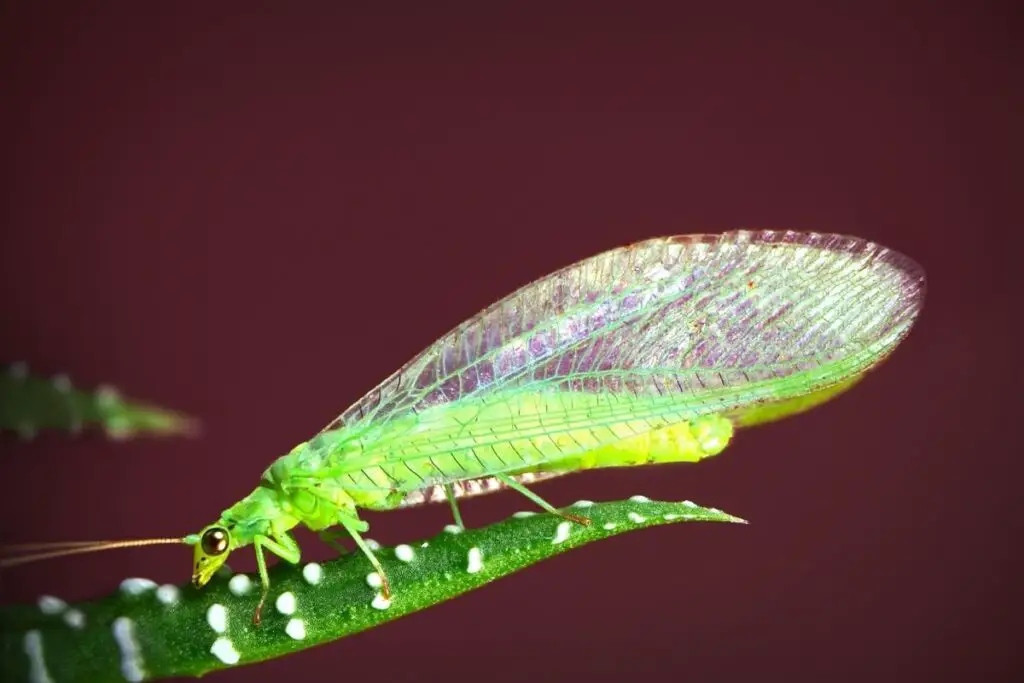
If your Haworthias suddenly stops growing despite neither dormancy period nor temperature issues, nor any other thing, it could be due to pests and diseases.
When you inspect the plant after noticing the problem, you will find small critters loitering or black or white spots caused by disease.
Pests
Bugs like aphids, spider mites, mealybugs, or scales suck out the sap and make Haworthia lifeless.
Due to this, the plant stops its growth.
The pests can also aim at the root portion and damage it, thus making the plant stop its growth.
For spider mites, you can check for webs on the leaves.
For mealybugs, check whether the leaves have any cottony substance at any place or not.
Inspect the undersides of the leaves and the plant base to understand the damage level.
These bugs also release a sticky substance named honeydew which makes the leaves sticky and encourages sooty mold.
Also read: Haworthia Pests Problems: Common Pests+How To Eliminate
Diseases
Mold, stem or root rot, crown rot, blackening marks on the leaves and stems are results of fungal diseases.
Root rot is deadly for Haworthias.
It makes the roots soft, mushy, and dark.
Over time, they will release a foul smell. It is the result of prolonged overwatering.
Another crucial problem is crown rot because the crown is where the leaves and roots grow.
If that part is rotting, saving the plant is next to impossible.
How to remove pests and diseases on Haworthia?
You can spray organic insecticides like neem oil.
Mix it with some water and a few drops of liquid soap to make a good spray and use it on the infected area.
After that, spray the whole plant.
Don’t expose the plant to direct sun because that can burn the leaves.
Neem oil also works for fungal diseases.
You can use any normal soapy water to get rid of them.
Rubbing alcohol also helps. Some critters like mealybugs and scales have shields.
Rubbing alcohol can weaken the shield and even kill them.
You can release ladybugs to let them feed on aphids and soft-bodied scales.
Try insecticidal soaps like Safer and Castile soaps.
You can make homemade pesticides by using essential oils.
There are lots of DIYs available go through them once.
For the fungal diseases:
- Use fungicides to remove them. Spray regularly until the problem is resolved. Read the instructions given to be cautious. If you are not aware of the right use, wrong use can give them a chemical shock.
- You can try homemade fungicide using baking soda. Mix ½ teaspoon of the soda per gallon water and spray it.
- You can also make copper fungicide, bonide copper fungicide, sulfur fungicide and neem oil fungicide.
Slow-growing succulent
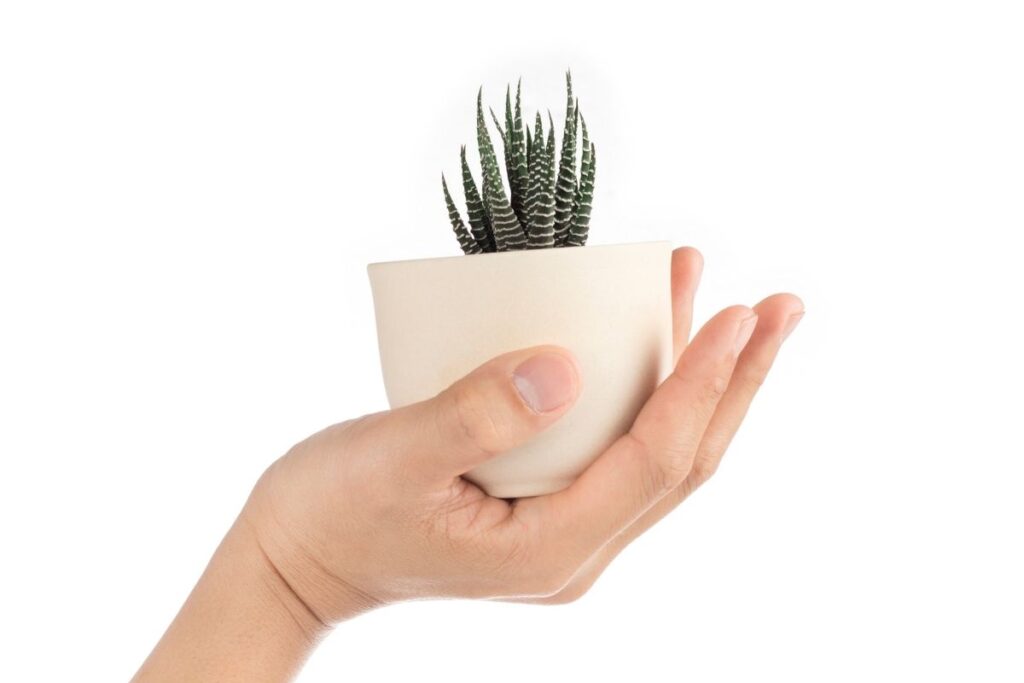
Many people, mostly beginners, are unaware that Haworthias are slow-growing succulents.
Haworthias can take at least 2-3 years to outgrow their pots and become mature.
Generally, a slow-growing succulent takes 3- 4 months to begin its growth.
But Haworthias take longer than this because they are small and slow-growers.
A small and slow-growing succulent takes a lot of time to grow.
You will have to wait for many months to witness any growth in Haworthias.
A leaf-cutting takes at least 2-5 weeks to develop roots.
Seed propagation takes 6 weeks to emerge a seedling.
Sometimes, you may need to wait even one year to find any growth in these propagations.
That much slow is Haworthias.
Also read: How Fast Do Haworthia Grow? (Average Growth Rate)
Dormancy
Haworthias are not growing because maybe, your region is now getting the hottest summer days.
If your area is getting temperatures above 90°F during the night, they will go dormant and stop growing.
Once the temperature becomes normal, they will again revive their growth.
There is no solution to it, and even if you try to stimulate it, it won’t work.
Dormancy is good for all plants.
During this period, the plant rests and continues to preserve energy.
Once the temperature drops and enter their growing season, Haworthias will use this stored energy and grow vigorously in their active months.
Also read: Are Haworthia Frost Tolerant? (Cold Tolerance+Winter Care)
How can I stimulate Haworthia’s growth?
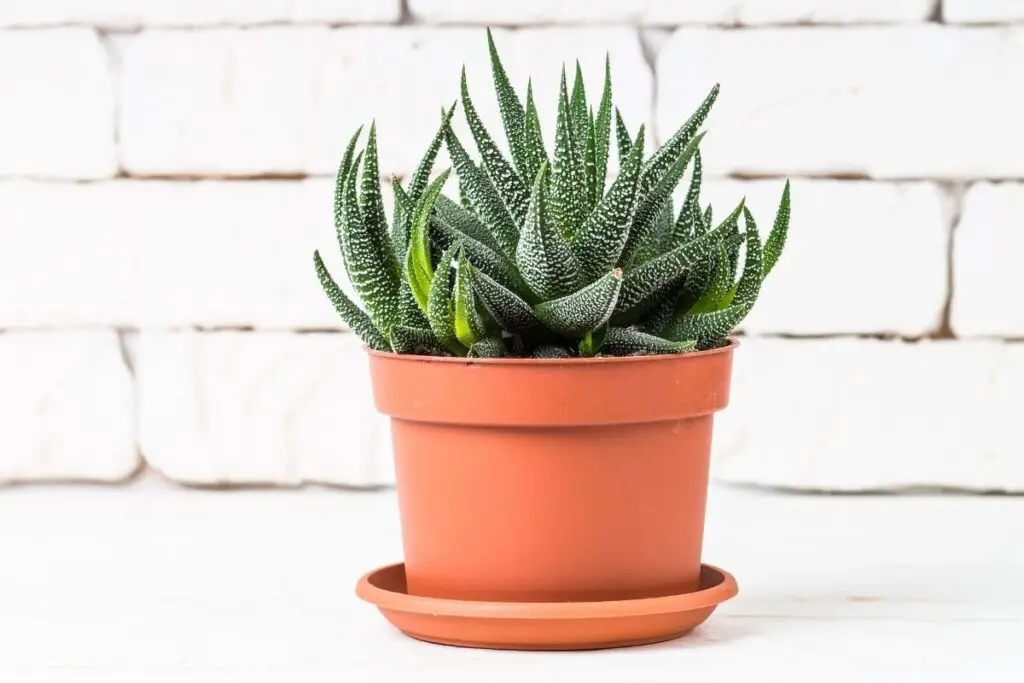
Dormancy and slow growth are natural. So, you cannot stimulate Haworthia’s growth in such conditions.
But, if the plant is experiencing issues, you must check and identify the problem and solve it quickly.
Below are some tips to stimulate the plant’s growth:
| Factor | Care Tips |
|---|---|
| Light | An adequate amount of light is good for their health. They must receive daily 3-4 hours of direct morning sun and filtered sun the rest of the day. |
| Water | Water only the soil feels dry. Watering depends on many factors. Consider them during watering and avoid mistakes. Always let the soil dry before watering. |
| Fertilizer | Fertilize them during the growing seasons. It helps them to come out of their resting period faster. |
| Soil | Use the right soil and the right container. Use the recommended soil mixes or follow the soil articles for some options. Ensure drainage system in the planter. |
| Repotting | Don’t forget to repot every 2-3 years. The more space they will get, the more growth you will see in them. |
| Airflow | Always separate the offsets from the mother plant. It will prevent overcrowding and tight situation, which is another reason for no growth. It will let the plant breathe. |
Final words
There are many reasons behind Haworthias not growing. Cross-check with each point I have mentioned to identify the exact problem in your plant.
Dormancy and slow growth are natural, and there is no solution for these points. But for others, you need to treat the problem quickly. Also, follow the care tips to prevent further problems.
Reference: The Haworthia Society, Botanical Studies, University of Wisconsin-Madison, Sciencedirect, Researchgate, Haworthia Study.
